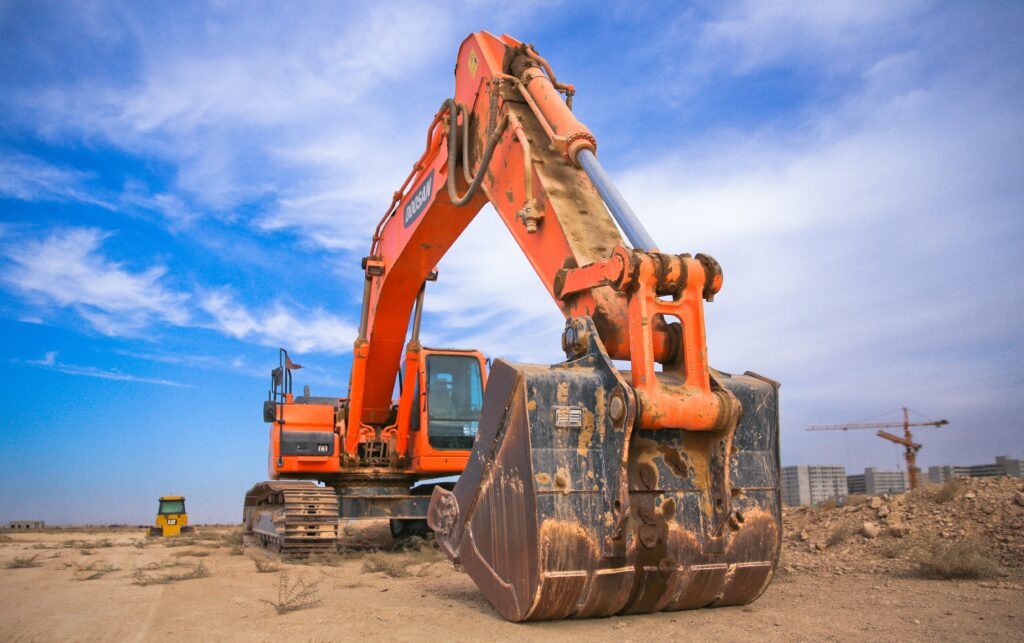Hydroelectric power project
ARYAN SINGH INDIAN CONSTRUCTION (ASI CONSTRUCTION) is a leader in the design of hydroelectric power plants, with very good experience in the design and development of these projects. ASI CONSTRUCTION COMPANY has participated in feasibility studies, preliminary and tender design, procurement and/or the construction management for the majority of the hydropower projects that have been built.
We have extensive experience and expertise across all of these fields and have supervised studies in these areas for numerous hydropower projects.
ASI CONSTRUCTIONS hydropower division has been providing government and private owner’s quality hydroelectric rehabilitation and hydropower maintenance services from many years
Hydroelectric power, also called hydropower, electricity produced from generators driven by turbines that convert the potential energy of falling or fast-flowing water into mechanical energy. Hydropower is the most common renewable energy that is used today.

Brief about hydroelectric power
What is hydroelectric power?
Hydroelectric power, also called hydropower, electricity produced from generators driven by turbines that convert the potential energy of falling or fast-flowing water into mechanical energy. It is a mature technology, with well-proven solutions and good reliability.

Hydropower schemes can broadly be classified into four main types: (check)
1. Run-of-river
The process of using water supply directly from a river with no significant strive to store water or control flow; (of a hydroelectric power plant) making use of such a water supply; of or relating to such a water supply or power plant.
2. Storage hydro
Hydropower projects with a reservoir can store water for later use, typically by preserving water during the high-flow season (spring, rainy season) and releasing water during the low-flow season (winter, dry season). A reservoir gives a higher flexibility and allows the hydropower plant to adapt enhanced to the demand profile, both in the short term (hours, days) and seasonally.
3. Pumped storage
A pumped storage hydropower scheme consists of a reversible power plant and two reservoirs, connected by a pipe or a tunnel. The major purpose is to store energy by pumping water up into the better reservoir during low-demand periods and generate (peaking) power by releasing the water back to the turbine during high-demand periods.
4. Hydrokinetic
This equipment is less developed and less used than the other three but offers the promise to expand the range of possible sites for hydropower development to rivers and canals where it can harness energy straight from flowing water, rather than from a hydraulic head formed by dams or other control structures.
5. Underground power plants
A very good example of facilities where the underground space is used to convey water are underground hydropower stations.
An underground power station is a type of hydroelectric power station constructed by excavating the major components (e.g. machine hall, penstocks, and tailrace) from rock, rather than the more ordinary surface-based construction methods. Often underground power stations form part of pumped storage hydroelectricity schemes.
Their crucial function is to level load. They use low-priced or surplus off-peak power to pump water from a lower lake to an upper lake. Then, during peak periods (when electricity prices are often high), the power station generates power from the water held in the upper lake.
6. Large and small hydro
It has become popular to categorize hydropower plants either as “small” or “large,” depending on installed capacity. There appear to be a belief that “small is beautiful” and that small hydro are more environmental friendly. In some countries, small hydro schemes are accepted for development and receive subsidies while larger hydro schemes are not subsidized.
If one looks at the impact per kilowatt hour, the picture becomes more complicated, and one large hydropower plant could easily have less impact (per kilowatt hour) than many small plants of the same capacity united.
Advantages Of Hydroelectric Power Plants:
1. elasticity
2. High value power
3. Reduced CO2 emissions
4. Suitability for industrial applications
Hydroelectric Power SERVICES PROVIDED:
· Hydropower construction
· Inspection
· Disassembly
· Rehabilitation
· Replacement
· Testing
· start-up for hydroelectric units of all sizes
We can resolve every type of hydro turbine, generator, pump, governor, or valve; our crews have the mechanical knowledge to repair or replace your equipment and improve the overall performance of your hydroelectric facility. Health, safety and environmental management as well as general risk assessment are integrated into how we approach each and every project.
